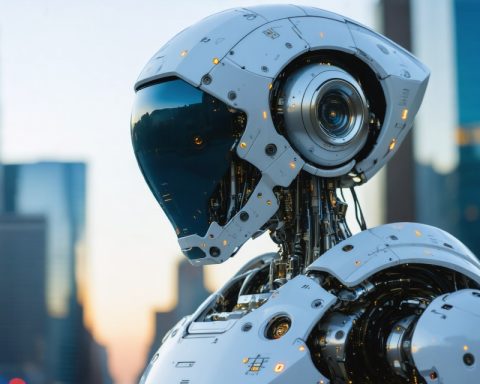The continually advancing world of artificial intelligence has found a remarkable asset in GPT-3, the third iteration of OpenAI’s Generative Pre-trained Transformer. With its extensive 175 billion parameters, this powerful model is being employed in diverse applications across various fields, capitalizing on its ability to understand and produce human-like text.
One significant application of GPT-3 is in the area of content creation. From drafting blog posts and articles to generating creative fiction, many writers and businesses find its capacity to produce coherent and relevant text invaluable. Moreover, GPT-3 can assist with language translation, facilitating communication in multiple languages and breaking down language barriers.
In the tech domain, GPT-3 has proven to be a capable tool in software development. It assists programmers by suggesting code snippets, identifying bugs, and even generating entire programming scripts, thereby enhancing efficiency and accuracy.
Furthermore, its proficiency in imitating human conversation enables the development of highly advanced and responsive chatbots, offering customer support that is both efficient and personable. This has significant implications for industries like e-commerce and online services, where customer engagement is crucial.
Educational tools also benefit from GPT-3, which can provide personalized tutoring and answer questions in specific subject areas, catering to a student’s individual learning pace and style.
In conclusion, GPT-3’s ability to understand and process language with a high degree of intelligence propels its application across many industries, thereby transforming conventional approaches and enabling unprecedented advances.
The Dubious Side of AI: Uncovering GPT-3’s Hidden Impact on Society
The launch of GPT-3 by OpenAI marks a milestone in artificial intelligence, yet its implications are far from one-dimensional. While this AI marvel is acclaimed for its language prowess, enabling innovations in content creation, language translation, and more, there lies an overlooked spectrum of potential repercussions affecting various facets of life.
One intriguing question that emerges is: how does AI like GPT-3 impact employment? With its capacity to automate tasks traditionally performed by humans, questions about job displacement become inevitable. Does the convenience for businesses lead to redundancies for workers? The risk of substituting human labor with AI solutions could spark profound societal shifts, threatening employment landscapes particularly in fields such as creative writing, translation, and customer service.
Moreover, there are concerns regarding bias and ethical considerations. Trained on vast datasets harvested from the internet, GPT-3 may inadvertently perpetuate biases found in that data. This raises issues of fairness and accuracy, especially within sensitive applications like hiring software or legal consultations. It prompts us to ask: how can developers mitigate these biases to ensure ethical AI use?
Additionally, there’s the potential for misuse in disinformation campaigns. GPT-3’s ability to generate persuasive, human-like text poses a risk for spreading false information, complicating the battle against fake news and malicious content online.
While GPT-3 offers enormous benefits, it also challenges societies to address ethical and socio-economic concerns, urging a collective responsibility to balance technological advancement with the well-being of people and communities. Explore more about AI technology at OpenAI and other tech implications at TechCrunch.








